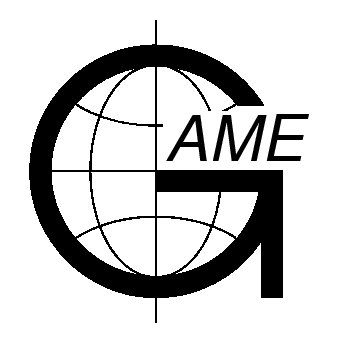Abstracts for the 5th International GAME Conf.

3-5 October 2001
Aichi Trade Center
Nagoya Japan
Regional numerical simulation of surface heat fluxes and energy budget over non-homogeneous terrain of Tibetan Plateau
Zeyong HU (1), Fujio KIMURA (2), Jiemin WANG (1), Hirohiko ISHIKAWA (4), Yaoming MA (1)
(1) Cold and Arid Regions Environmental and Engineering Research Institute of CAS, Lanzhou 730000, P.R.China
(2) Institute of Geoscience, University of Tsukuba, Ibaraki, 305-8577 Japan
(4) Disaster Prevention Research Institute, Kyoto University, Kyoto 611-0011, Japan
The Tibetan Plateau is one of the biggest plateaus in the world with complexity of topography and high altitude. A meso-scale region (90.5-93.5¡ãE and 30.0-34.0¡ãN ) over northern Tibetan Plateau is selected as model domain. It just covers the GAME-Tibet IOP¡¯98 meso-scale experimental area. There are ten types of land cover characteristics on the model domain surface based on the land cover/vegetation type from the Biosphere-Atmosphere Transfer Scheme (BATS). They are short grass, semi-desert, tundra, inland water and desert etc. in occupational number order. The Tanggula Mountain fold and Nianqingtanggula Mountain fold lie across northern and southern part of domain respectively. Naqu valley and several lakes locate between two mountain folds.
The model used for this study is the Regional Atmospheric Modeling System (RAMS). By blending the surface and rawinsonde data of GAME/Tibet IOP¡®98 meso-scale experiment and NCEP 2.5¡ã¡Á2.5¡ã pressure level data, the initial three-dimensional model variable fields of velocity, temperature, pressure, and moisture are produced. The soil moisture and soil temperature observing systems (SMTMS) data is used to initial soil/vegetation model in RAMS.
RAMS parameterizes the unresolved transport using K-Theory, in which the covariances are evaluated as the product of an eddy mixing coefficient and the gradient of the transported quantity. In this paper, Mellor/Yamada turbulent kinetic energy (TKE) parameterization scheme was used to compute the vertical mixing coefficients. Mahrer/Pielke radiation scheme was selected to estimate surface radiation.
A two-day simulation from 00:00GMT 15 July 1998 to 00:00GMT 17 July 1998 was done. The simulated distributions of surface heat and radiation flux and surface energy budget generally reflect the local topography and land cover characteristics.
At local midday, the sensible heat flux is higher in mountain area than in valley area. The latent heat flux is opposite to it, lower in mountain area but higher in valley area except on lake. The latent heat flux is lower at midday on lake because there is less of surface available energy to heating the air even though the surface net radiation is higher. The most of energy that reach to water surface is absorbed to heating the water. The bowen ratio on lake surface is still keep at low value of 0.23 at that time.
The net radiation is higher in mountain area and on lake than in valley area at local midday. The regional averaged surface sensible heat flux, latent heat flux and net radiation are 248.4W/m2, 375.2W/m2 and 752.7W/m2 respectively. The remains of energy, 129.1W/m2, can be assumed as regional averaged surface soil heat flux. It closes the regional surface energy budget.
In order to validate the above simulation results, the heat flux calculated from Amdo PBL tower data by aerodynamic method and improved combination method is introduced. The comparison between two kinds of results at Amdo is basically matched.
Submittal Information
| Name : | Date : |
| |
| Organization : | Theme : |
Cold and Arid Regions Environmental and Engineering Research Institute of CAS | |
| Address : | Presentation : |
260 Donggang West Road, Lanzhou 730000, Gansu, P.R.China | |
| Country : | Abstract ID : |
| |
| Phone : | Fax : |
| |
| E-mail : | |
| |

